Why experts think a dirtier house might stop you from getting ill
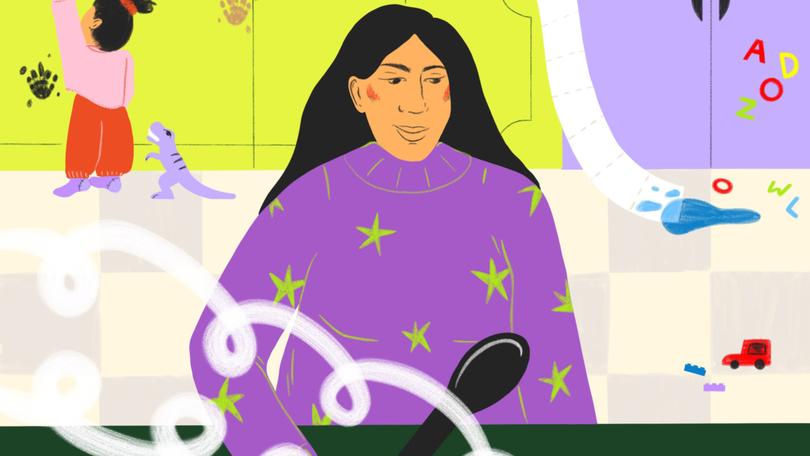
Could seeding your home with a dose of friendly bacteria keep you and your family in better health?
Improbable though it might sound, it’s an idea that’s gaining traction with experts around the world.
The principle behind it is that just as our bodies have a microbiome — a community of bacteria, viruses and other tiny microbes — so, too, do our homes, offices and even hospitals.
Sign up to The Nightly's newsletters.
Get the first look at the digital newspaper, curated daily stories and breaking headlines delivered to your inbox.
By continuing you agree to our Terms and Privacy Policy.And just as maintaining a healthy balance of microbes in humans is key to keeping illness at bay, a healthy mix of microbes in our homes may “positively influence our health and wellbeing”, according to Sarah Haines, an assistant professor in the department of civil and mineral engineering at Toronto University — and contributor to a new book, Inside Out: Human Health And The Air-Conditioning Era.
Her research focuses on how buildings impact human health, with an emphasis on the indoor microbiome (she ventured into this field as her own grandmother developed respiratory problems, and she wanted to understand what effect her environment might have had on this).
And Dr Haines predicts that just as people increasingly take probiotics in the hope that it may improve their health, in future we may “seed” our homes with probiotics — possibly in the form of materials with added bacteria — to change the microbiome there in order to “enhance overall health”.
“We spend around 90 per cent of our time inside, so what goes on in our homes and other buildings is critical to our health,” Dr Haines told Good Health.
“The indoor microbiome ideally would be as balanced as the microbiome inside us.”
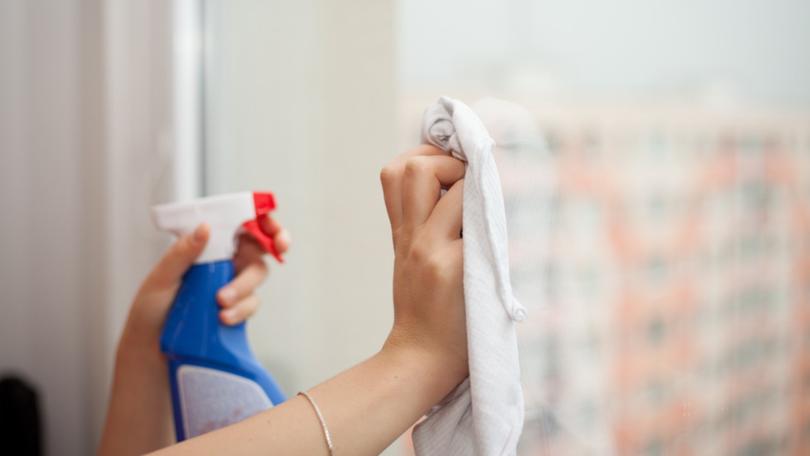
Some experts are working on ways to prime, with beneficial bacteria, the materials used to build our homes — an area known as “probiotic architecture”.
And researchers are working on ways to manipulate the microbiome within hospitals by using cleaning products containing friendly bacteria — the hope being that these “good” bugs will help keep harmful ones at bay.
The idea that the environment within our buildings can make us sick has been known for a while.
Back in 1983, the World Health Organisation first used the term “sick building syndrome” to define symptoms such as headaches, wheezing and runny eyes that were attributed often to poorly ventilated buildings and modern lighting.
But an internal microbiome — a newer, more radical, concept — “is a developing area of science”, says Dr Haines.
The make-up of the microbiome within our homes is almost like a fingerprint “or a biological signature”, she says, in that, it’s unique to us, and we start to make our presence felt on the microbiome of our homes within hours.
In a study by Chicago University, researchers asked seven families to swab themselves as well as light switches, floors and countertops in their homes, and they found that each home had a distinct microbiome.
What’s more, when three of the families moved house during the six-week study, they’d altered the microbiome in their new homes within hours of moving in, reported the journal Science in 2014.
The results showed how it’s the microbes from people that have the greatest impact on an indoor microbiome.
But other things have an effect, such as if you have pets, as they bring things in from the outside, as well as the level of moisture, ventilation and how you clean your home.
Just as using antibiotics can kill good and bad bacteria within our bodies, studies suggest that cleaning with bleach and other harsh detergents may disrupt the microbiome in a room by knocking out the good bugs that can keep bad bugs at bay.
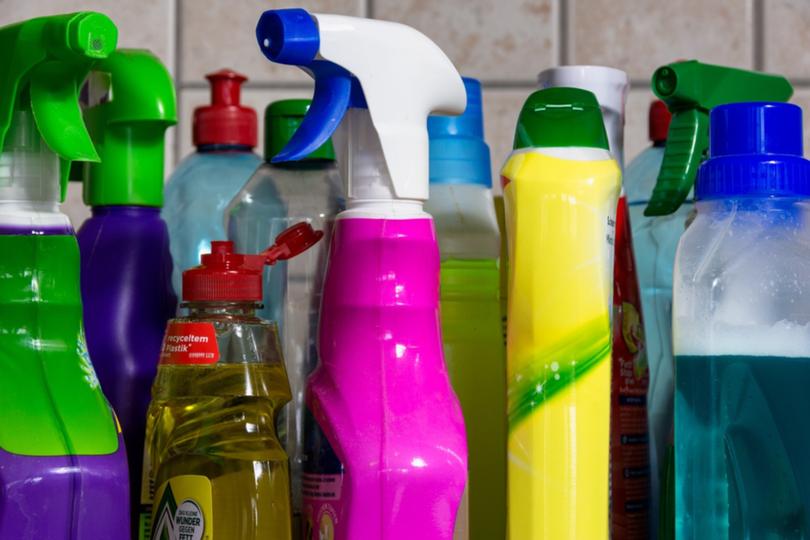
During the Covid pandemic, researchers at the University of Ferrara, Italy, tried using probiotic-based sanitiser in place of chemical disinfectant in a children’s hospital for two months.
The aim was to see if this could keep it clean without disturbing the balance of the microbiome, as “hospital microbiomes can cause healthcare-associated infections” and using harsh detergents can “bring the threat of antimicrobial resistance”, the researchers wrote in the journal Infection and Drug Resistance in 2022.
The cleaning product they switched to contained three strains of “probiotic” Bacillus bacteria (B. subtilis, B. pumilus, and B. megaterium) — and the room and surfaces were cleaned twice a day, as usual.
These surfaces were swabbed at two, four and nine weeks: the results showed there were 80 per cent fewer pathogens (infection-causing bacteria) on surfaces, and the bugs that were present showed fewer signs of developing genes that would make them resistant to standard disinfectants.
In other words, the friendly bacteria from the cleaning product were helping prevent the cleaned surfaces becoming reinfected with harmful bacteria.
The effects were reversed when the chemical disinfectant was reintroduced.
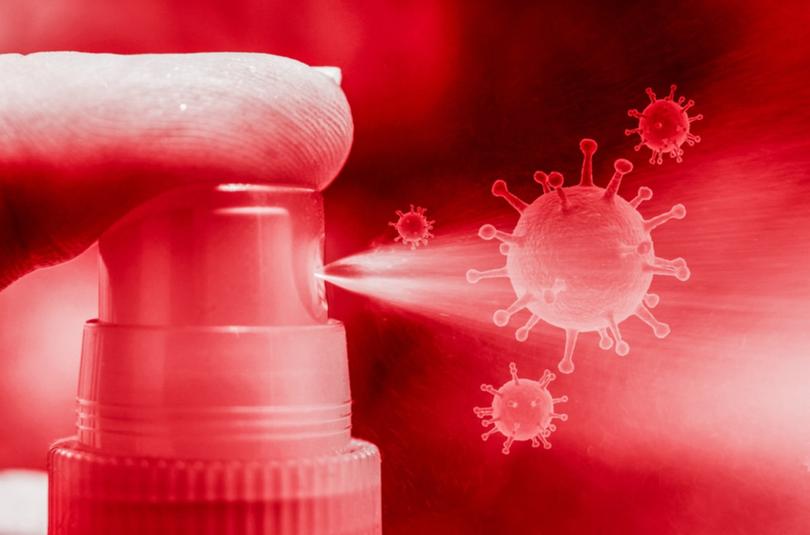
”If you use bleach it kills everything — but when pathogenic bacteria land on the surface there is nothing to compete with it and stop it from taking hold,” explains Mark Enright, a professor of medical microbiology at Manchester Metropolitan University.
“Bacteria make compounds that can kill other types of bacteria. So introducing the friendly bacteria to the surfaces means all of them must compete to survive.”
A previous study in the journal Plos One in 2018 found that switching to a probiotic cleaning product virtually halved the number of hospital-acquired infections among patients on six wards across hospitals in Italy; while 4.8 per cent of patients developed an infection before the 18-month study, that fell to 2.3 per cent by the end of it.
There may be downsides, however, warns Jean-Yves Maillard, a professor of pharmaceutical microbiology at Cardiff University.
One worry is that if the bacteria get into the ventilation system and spread to an immune-compromised patient, then these bacteria may not be so harmless after all.
Meanwhile, some experts are investigating how to design homes that are already primed with friendly bugs.
Richard Beckett, an associate professor of architecture at University College London, headed a research project in 2019 which involved testing whether using concrete and ceramic tiles dosed with beneficial bacteria could reduce levels of pathogens such as MRSA within a building.
The study is yet to be published, but Professor Beckett says it did appear to show some benefit.
He is working with a Finnish company to design materials that provide a probiotic boost for a building to help improve the health of the inhabitants.
And he’s using himself as a guinea pig for another study, starting next month, which involves mixing soil into ceramic tiles.
“The soil is coming from rural locations. The idea being these samples will contain microbes that are thought to be good for the immune system,” he says.
These “living tiles” will then be used to clad his office.
“My blood is then being taken regularly over the coming weeks by an immunologist, to see what, if any, difference it makes to my immune cells,” says Professor Beckett.
He believes that sterile modern homes may be increasing the risk of diseases such as autoimmune conditions (e.g. type 1 diabetes).
“From the 1960s we saw a drop in infectious disease because of antibiotics use, but also a rise in autoimmune conditions — and I think that’s because our immune system is not getting exposure to microbes from a young age, and so rather than attack microbes, it starts to attack our body.”
Dr Haines admits there is much to learn — we don’t yet know what the perfect home microbiome would be for health, “but we are on the cusp of understanding”.
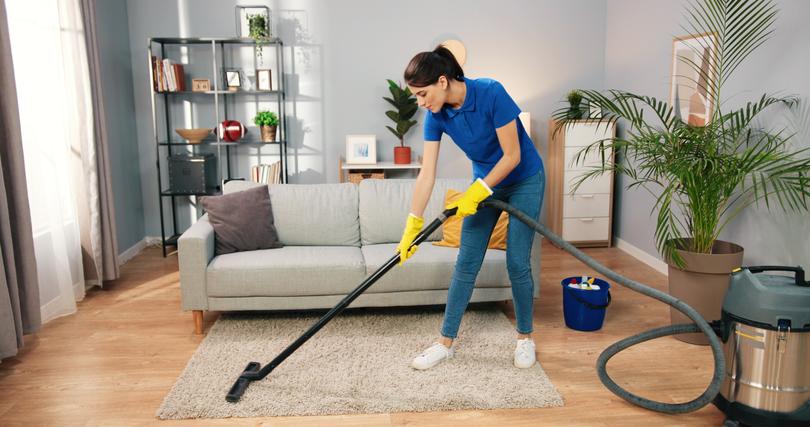
Already her work is shaping the way she keeps her home — she “steers away from” carpet, for example, “because fungi and bacteria will thrive in the warm, moist conditions there,” she says.
“They then get trapped in the carpet — and when you walk over the carpet, you could kick it up and inhale it.”
She also no longer grows houseplants in traditional pots of soil.
“I have moved a lot of plants to jars of water — if you get up close and look at the soil, it can be covered in mould which you could potentially breathe in.”
Meanwhile, Professor Maillard believes the best approach is “targeted hygiene”.
He explains: “There is some evidence that over-using disinfectants is contributing to antimicrobial resistance. The products for use in homes will normally be at low concentration — and so when you use them you are only killing the susceptible microbes, while others survive with no competition to suppress them.”
So instead, focus on areas where disinfectants may be a good idea from time to time, “such as the loo or the kitchen sink maybe once a week — as I do,” he says.
“And I use disinfectants for surfaces where food is prepared. But many people are using disinfectants on every surface, and you just don’t need them — a wet cloth is fine.”
